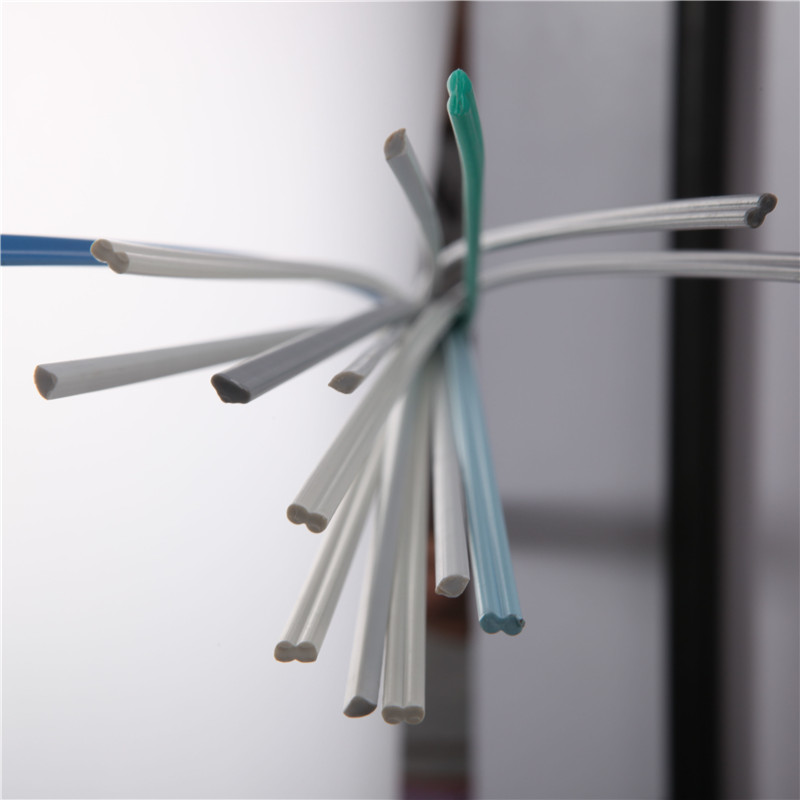loka . 30, 2024 23:28 Back to list
gas pipe fittings
Understanding Gas Pipe Fittings Essential Components for Safe and Efficient Gas Distribution
Gas pipe fittings play a crucial role in the transportation of natural gas and other gases within various systems, ensuring that gases flow securely and efficiently from one point to another. These fittings, which include a range of connectors, elbows, tees, and valves, are designed to connect different sections of piping, facilitating changes in direction or diameter, while maintaining the integrity of the gas delivery system.
Types of Gas Pipe Fittings
1. Elbows These are used to change the direction of the gas flow. Elbows are typically available in various angles, with 90 degrees and 45 degrees being the most common. Properly installed elbows reduce the risk of gas leaks by ensuring smooth bends in the piping.
2. Tees A tee fitting allows for the branching of gas lines. This is essential in systems where gas must be distributed to multiple outlets. Tees come in both equal and reducing styles, accommodating different pipe sizes.
3. Couplings and Unions These fittings are used to connect two sections of pipe. A coupling provides a permanent connection, while a union allows for easy disconnection when repairs or modifications are necessary. This functionality is particularly important for maintenance purposes.
4. Reducers Reducers are employed to connect pipes of different diameters. This enables the efficient transition between larger and smaller pipes, which can be critical in managing gas flow rates within a system.
5. Valves Valve fittings, including ball valves and gate valves, are essential for controlling the flow of gas within the pipeline. By providing the ability to turn the gas flow on or off, these fittings enhance the safety of gas delivery systems.
Materials Used in Gas Pipe Fittings
gas pipe fittings

Gas pipe fittings are made from various materials, each chosen for its durability, resistance to corrosion, and compatibility with the type of gas being transported. Common materials include
- Steel Carbon steel is frequently used due to its strength and resistance to high pressure. It is often coated to prevent rust.
- Copper This material is favored for smaller systems, particularly in residential applications. Its natural anti-corrosive properties make it an excellent choice for various gas types.
- Plastic High-density polyethylene (HDPE) is increasingly used for underground gas distribution systems due to its lightweight, flexibility, and resistance to corrosion.
Importance of Proper Installation
The installation of gas pipe fittings is critical to ensuring the safety and efficiency of a gas system. Incorrect installation can lead to gas leaks, which pose significant safety hazards. It is essential for work involving gas fittings to be conducted by trained professionals who adhere to local regulations and standards.
Conclusion
In conclusion, gas pipe fittings are indispensable components in the safe and efficient distribution of gases. Understanding the various types of fittings available, the materials used, and the importance of professional installation is key to maintaining the integrity of gas systems. As the demand for natural gas continues to rise, ensuring that these essential components are correctly utilized will play a vital role in energy delivery and safety.
-
PVC Transparent Sheet Roll - Durable & Flexible PVC Plastic Sheet Roll for Industrial & Home Use
NewsJun.24,2025
-
High-Quality PVC PPR Pipes and Fittings Durable ERA PPR Solutions
NewsJun.10,2025
-
High-Quality Large HDPE Sheets & Large Diameter PVC Pipe Durable Large PVC Pipe Supplier
NewsJun.10,2025
-
High Density Polyethylene Cutting Board - Durable & Food Safe
NewsJun.09,2025
-
3 Inch PVC Pipe for Durable Irrigation Affordable & Reliable
NewsJun.09,2025
-
Premium PPR Plastic Water Pipe Fittings - Durable & Leak-Free
NewsJun.09,2025

